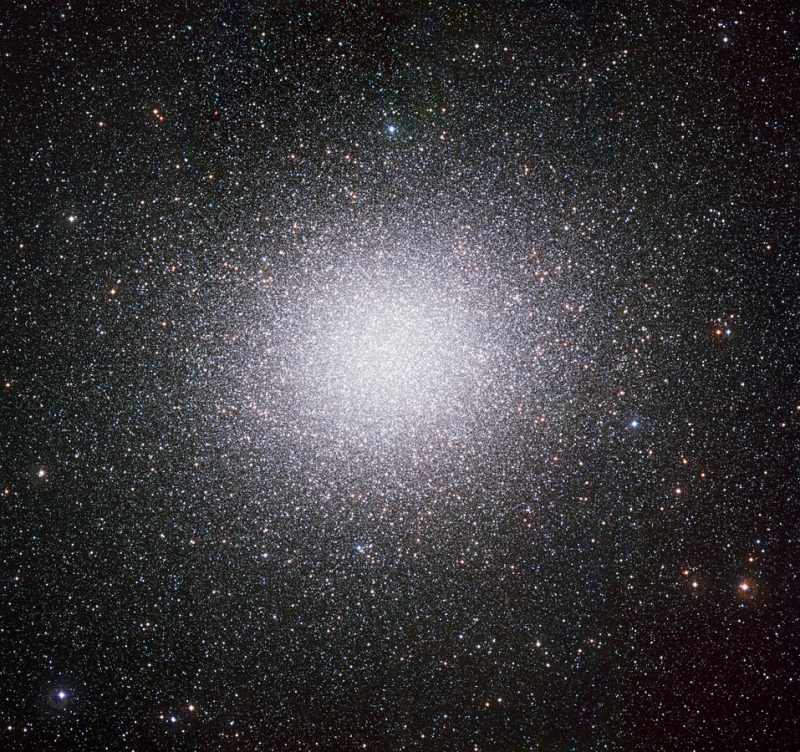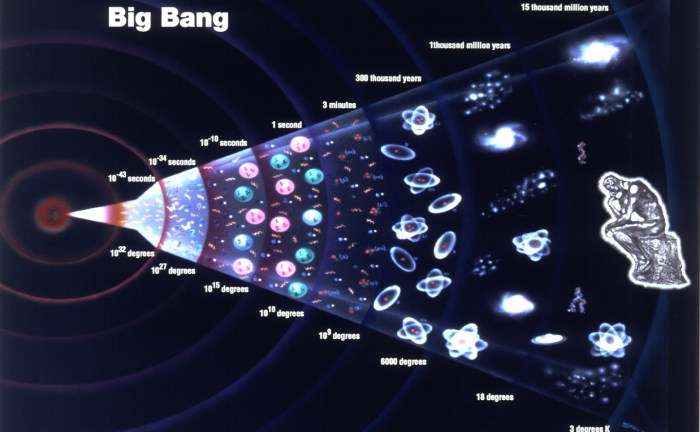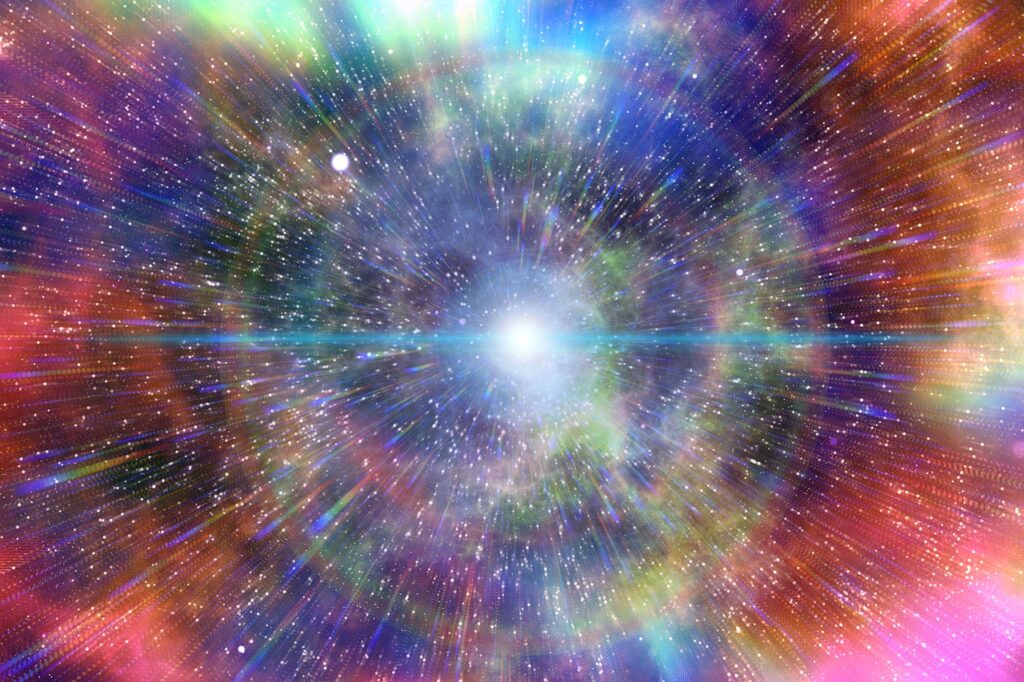The age of the Universe has been something that fascinated all of humanity from ancient history. We have, in each of our cultures, tried to find an answer to this. While different traditions and myths give the universe different ages, the scientific view of the matter emerged only last century.
The currently accepted age of the universe is around 13.8 billion years with a uncertainty of 20 million years
Index
How Do We Know The Age of the Universe?
There are mainly two ways scientists use to find the age of the universe.
1. One is to calculate the age of the oldest objects in it, and then guess at the Universe’s age.
2. The other method is to study the development of the universe (that is its rate of expansion) and trace back to its origin.
From the Oldest Stars
How do Stars’ “Lives” Work?
A star’s age and lifespan depend on its mass. The lightest stars burn for billions of years. Middle-range stars like our Sun, burn for around 9 billion years. Massive stars can burn out in “just” several million years.
Crucially, if we know the mass of a star, we can estimate its age.
Globular Clusters
Globular clusters consist of closely packed stars which are all formed at the same time. From the logic above, the oldest globular clusters consist of the lightest stars. These stars were identified observationally and their ages estimated.
This gave them an age of between 11 to 14 billion years, meaning that the universe cannot be younger than 11 billion years.

From the History of the Universe
The Big Bang
Up until the early 20th century, scientists thought that the universe was stationary, not expanding. However, observations of some galaxies and theories developed in the 1910s and 1920s suggested that far away galaxies were moving away faster from us than closer ones. This was later summarized as Hubble’s Law
Galaxies further apart are receding faster.
This law was actually proposed in 1927 by Georges Lemaître, a Belgian physicist. He went on to say that we could use this law to visualize back in time, till a point where galaxies are not receding anymore. This would be the beginning of everything; Lemaître called it the primeval atom.
Later, more popularly, it was called the Big Bang.

Using Hubble’s Law
Hubble’s law uses a constant called “Hubble’s constant” to find how fast galaxies are moving apart (“recession”). Calculating this value accurately would let us trace back time like Lemaître suggested, and find the age of the Universe.
To find this value, scientists used many satellites such as Planck and WMAP (Wilkinson’s Microwave Anisotropy Probe). These satellites worked on finding the composition of the universe – how much of it is normal matter, how much of it is dark matter, and so on.
These values would then be used with a set of equations called the Friedmann equations, which would give us the age of the Universe.
Use in Friedmann’s Equations
Friedmann’s equations suggest that the age of the universe is of the form

Where,
H0 is the Hubble constant
various Ωs are values that help us know the composition of the Universe.
factor F is only a correction factor
So, the approximate age can be guessed at by taking the reciprocal of H0. This gives us around 14.5 billion years as a rough estimate.
The value of F depends on the model of the universe we study. Using what is called a “flat” model, we arrive at an age of 9 billion years. This does not reflect real studies.
A more realistic model is not “flat” and thus uses certain terms that give a slightly different value. Thus, a more accurate value, as suggested by data from Planck and WMAP, would be around 13.8 billion years.
Conclusion
The age of the universe is clearly immense. Recent progress in calculating it has given us an age of 13.8 billion years with an uncertainty of around 20 million years. With an improved understanding of the universe, our estimates should likely get more accurate.
Understanding the age of the universe would help us know better about its past and its origins. We could know more about how it began and developed into what it is today. Going further back into the mists of time and understanding how everything came to be is a wonderful quest indeed.

